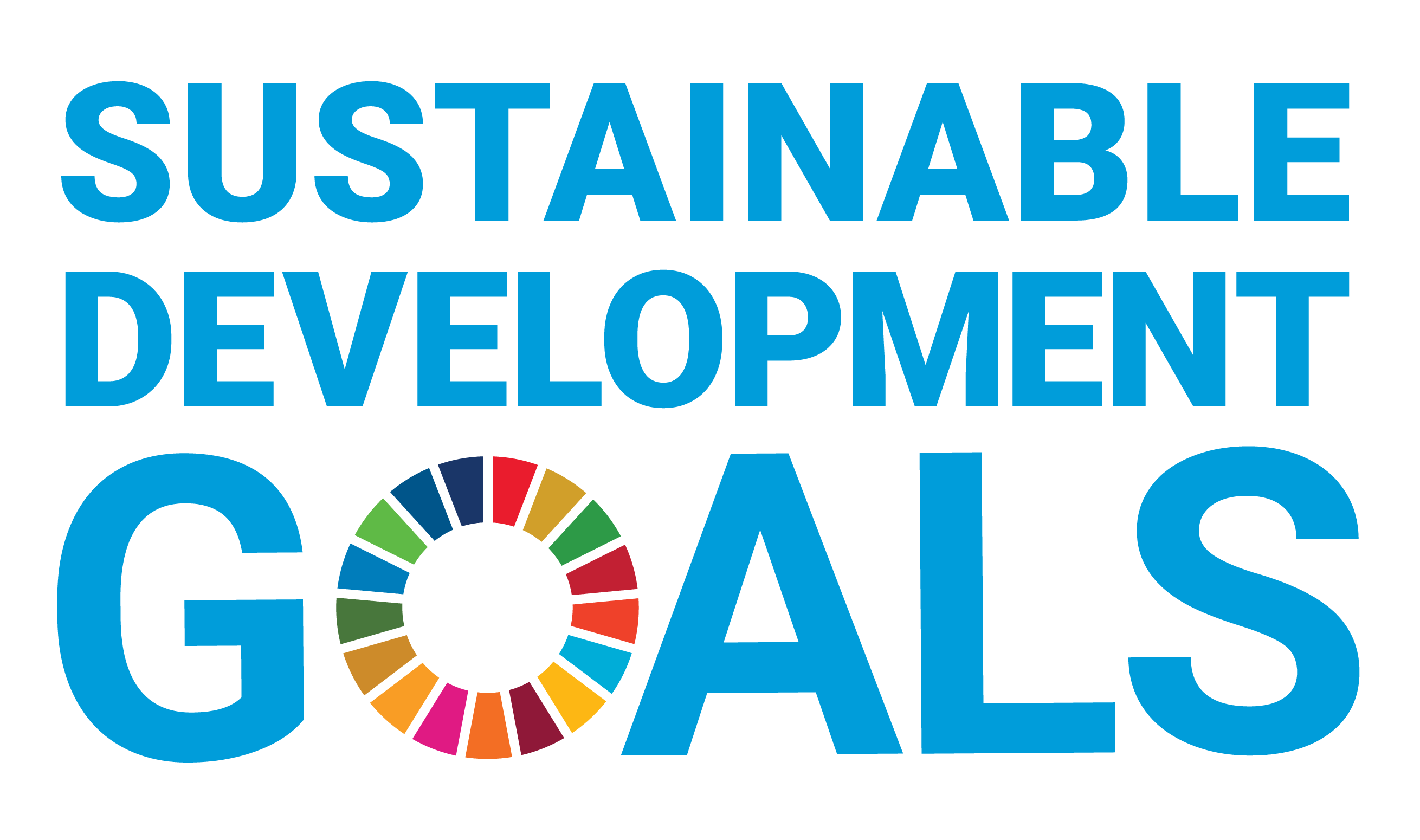Document Type
Article
Publication Date
10-1-2022
Abstract
Background
This study investigated, through cluster analysis, the associations between behavioural characteristics, mental wellbeing, demographic characteristics, and health among university students in the Association of Southeast Asian Nations (ASEAN) University Network – Health Promotion Network (AUN-HPN) member universities.
Methods
Data were retrieved from a cross-sectional self-administered online survey among undergraduate students in seven ASEAN countries. A two-step cluster analysis was employed, with cluster labels based on the predominant characteristics identified within the clusters. The ‘healthy’ cluster was assigned as the reference group for comparisons using multinomial logistic regression analysis.
Results
The analytic sample size comprised 15,366 university students. Five clusters of student-types were identified: (i) ‘Healthy’ (n = 1957; 12.7%); (ii) ‘High sugary beverage consumption’ (n = 8482; 55.2%); (iii) ‘Poor mental wellbeing’ (n = 2009; 13.1%); (iv) ‘Smoker’ (n = 1364; 8.9%); and (v) ‘Alcohol drinker’ (n = 1554; 10.1%). Being female (OR 1.28, 95%CI 1.14, 1.45) and being physically inactive (OR 1.20, 95%CI 1.04, 1.39) increased the odds of belonging to the ‘High sugary beverage consumption’ cluster. Being female (OR 1.21, 95%CI 1.04, 1.41), non-membership in a sports club (OR 1.83, 95%CI 1.43, 2.34) were associated with ‘Poor mental wellbeing’. Obesity (OR 2.03, 95%CI 1.47, 2.80), inactively commuting to campus (OR 1.34, 95%CI 1.09, 1.66), and living in high-rise accommodation (OR 2.94, 95%CI 1.07, 8.07) were associated with membership in the ‘Smoker’ cluster. Students living in The Philippines, Singapore, Thailand, and Vietnam had a higher likelihood of being alcohol drinkers, compared with those who lived in Brunei.
Conclusions
ASEAN university students exhibited health-risk behaviours that typically clustered around a specific health behaviour and mental wellbeing. The results provided support for focusing interventions on one dominant health-risk behaviour, with associated health-risk behaviours within clusters being potential mediators for consideration.
Recommended Citation
Wattanapisit, A., Rahman, H.A., Car, J., Abdul-Mumin, K.H., De la Cruz, H.T.O., Chia, M., Rosenberg, M., Ho, M.H.R., Chaiyasong, S., Mahmudiono, T., Rodjarkpai, Y., Dinov, I.D., Ottom, M., & Amornsriwatanakul, A. (2022). The clusters of health-risk behaviours and mental wellbeing and their sociodemographic correlates: a study of 15,366 ASEAN university students. BMC Public Health, 22. https://doi.org/10.1186/s12889-022-14233-2
Included in
Behavior and Behavior Mechanisms Commons, International Public Health Commons, Substance Abuse and Addiction Commons



